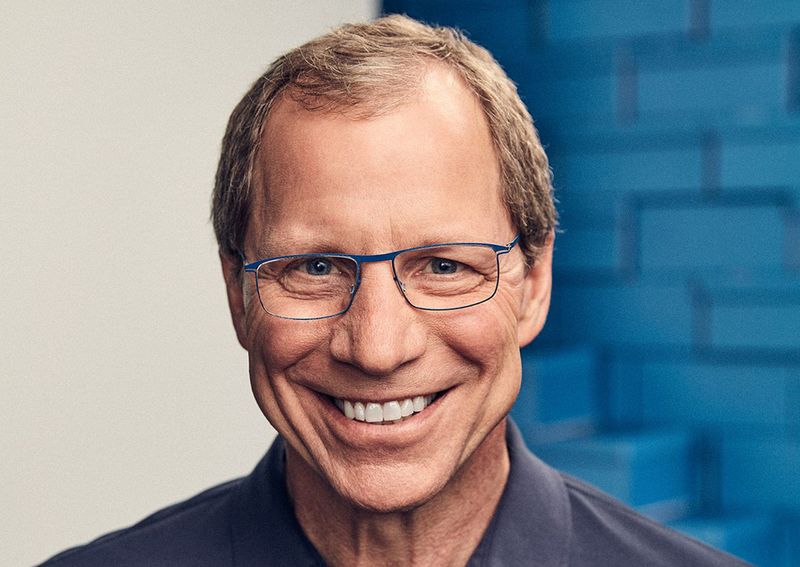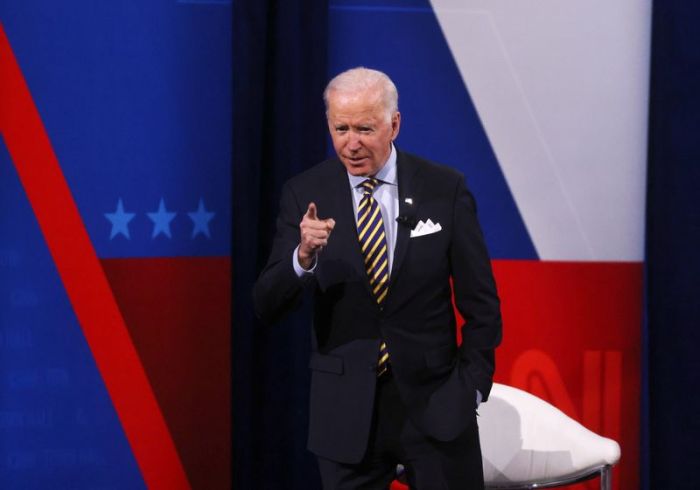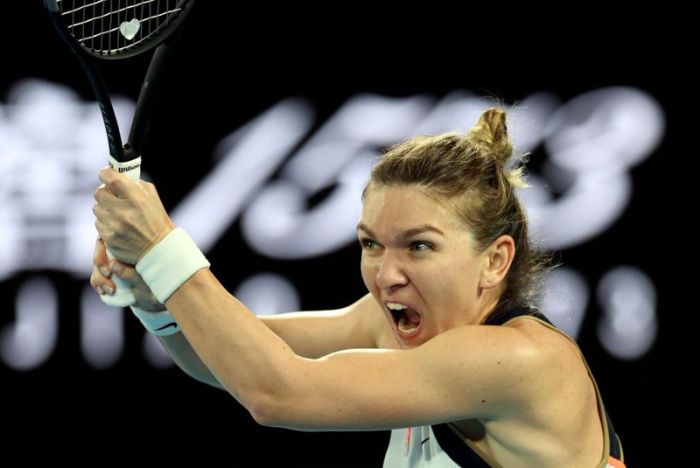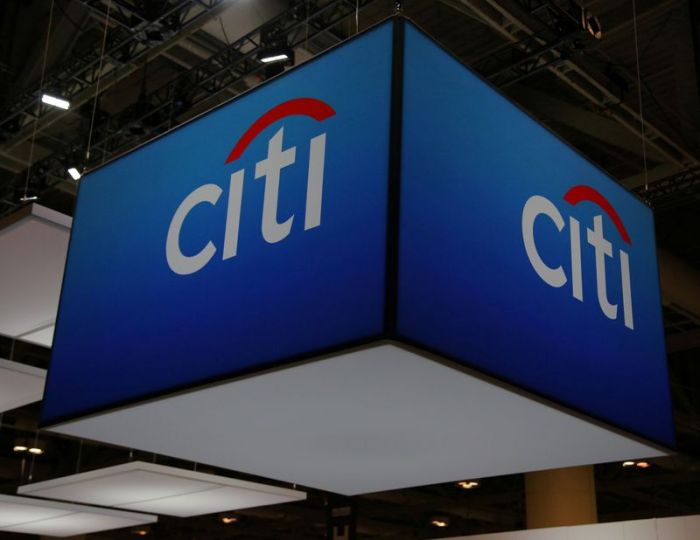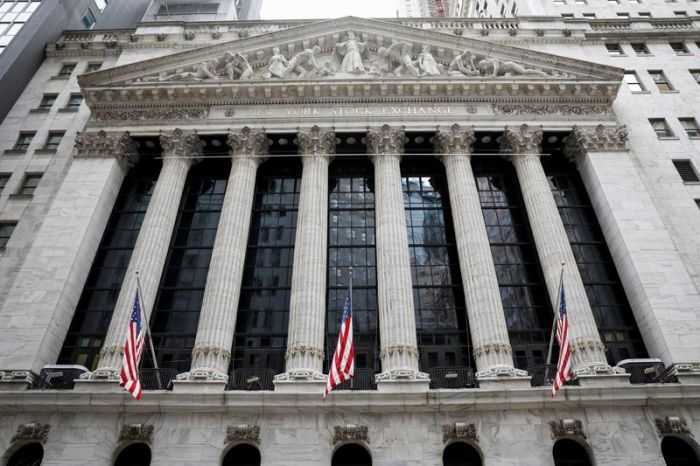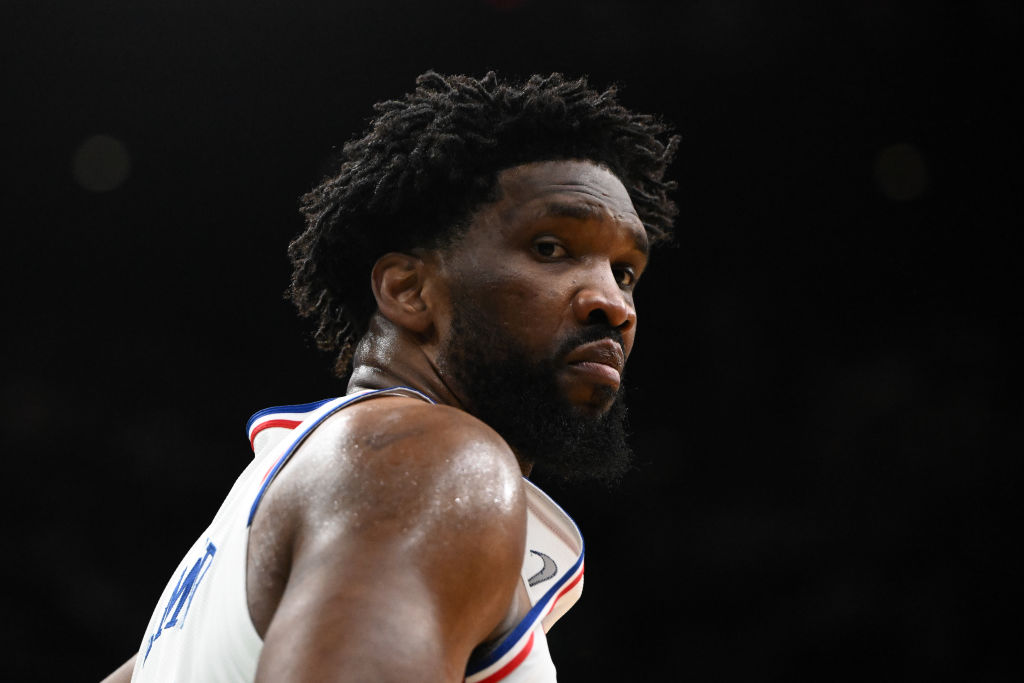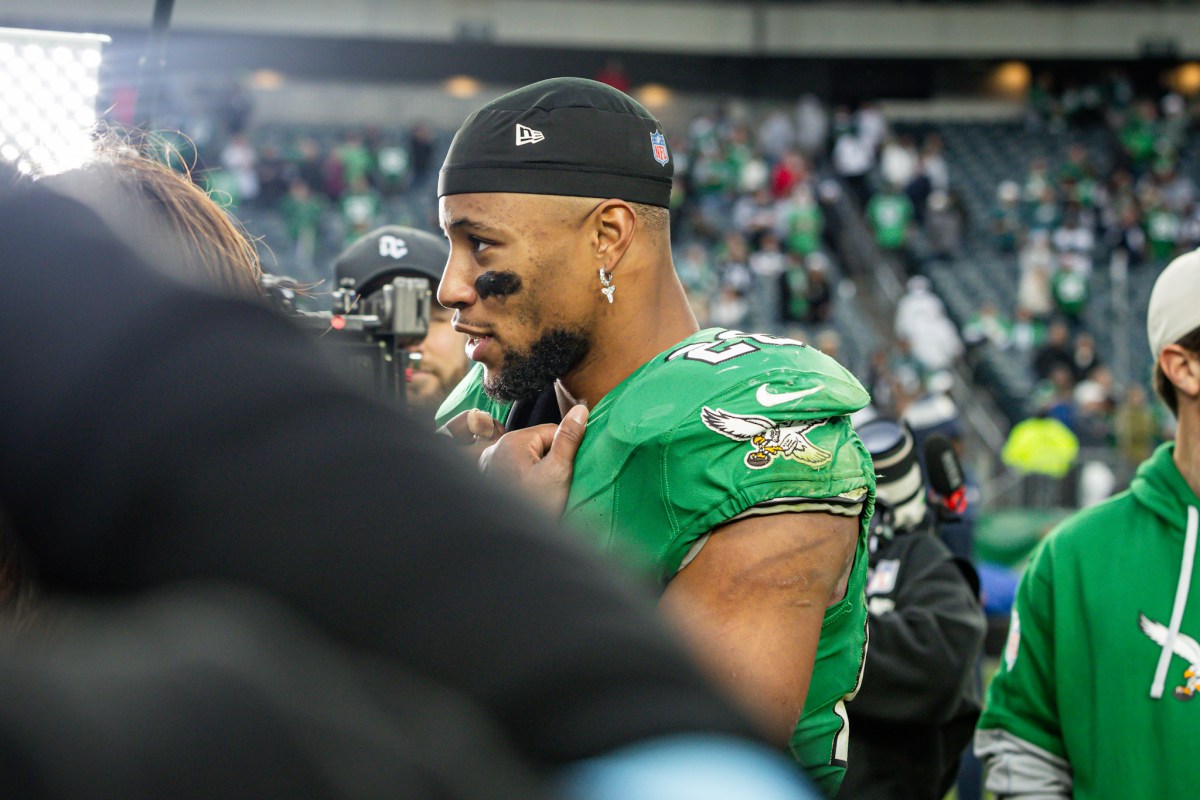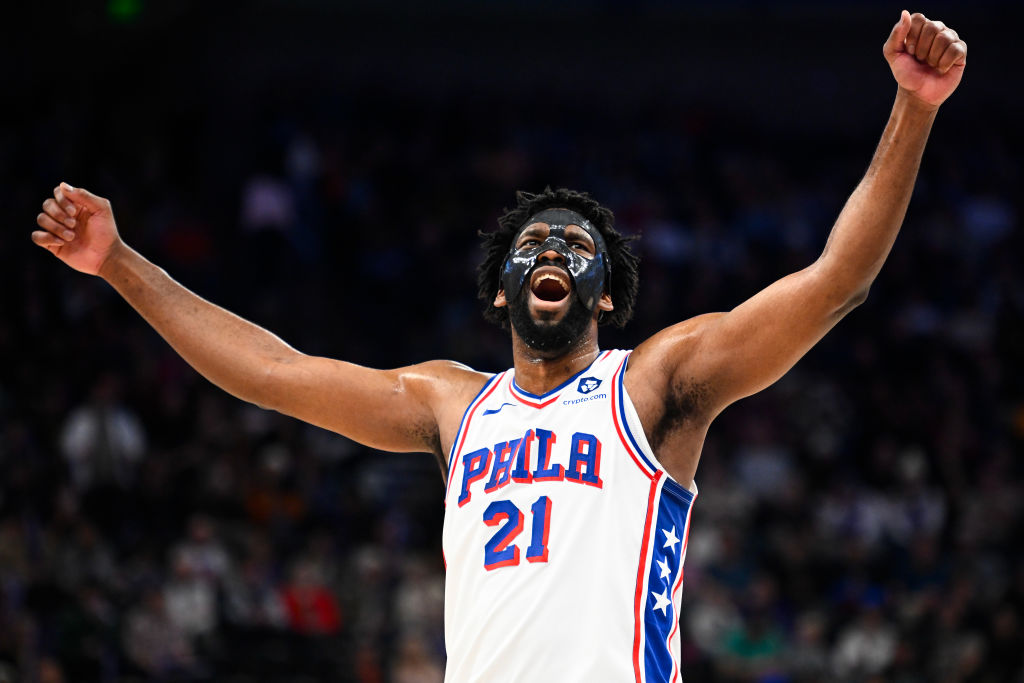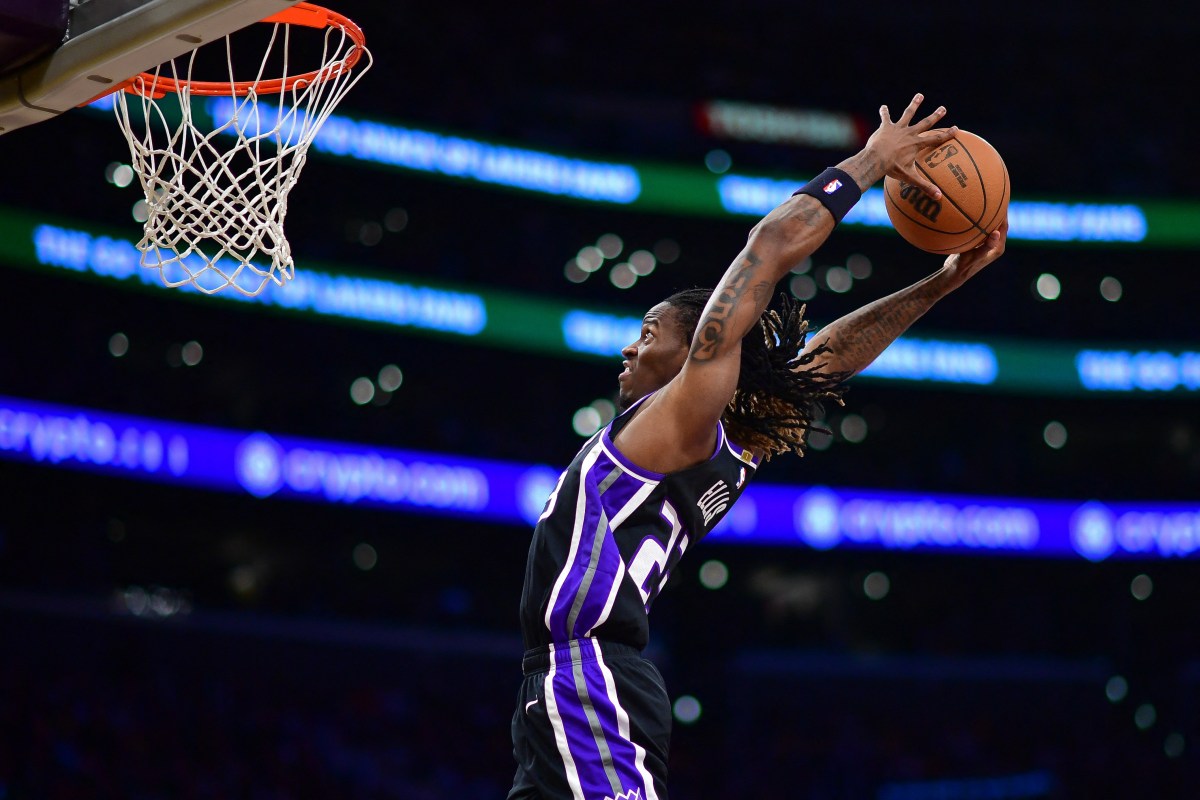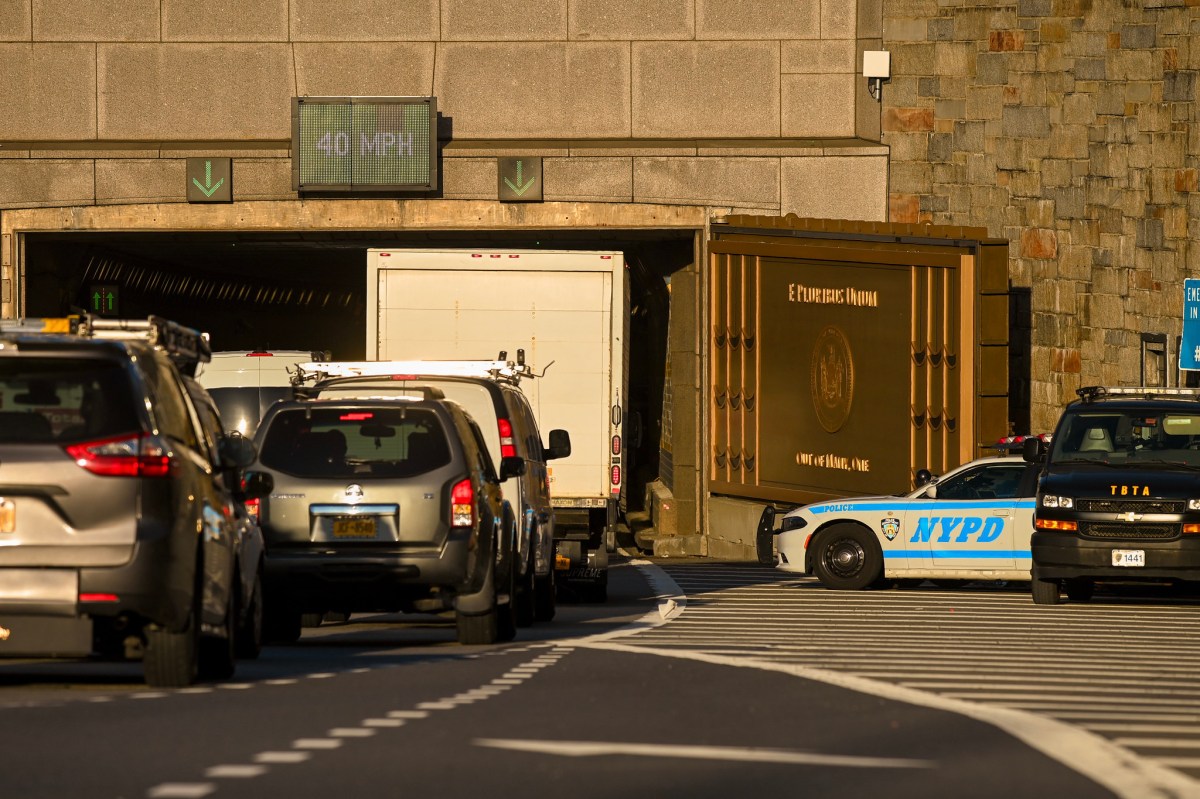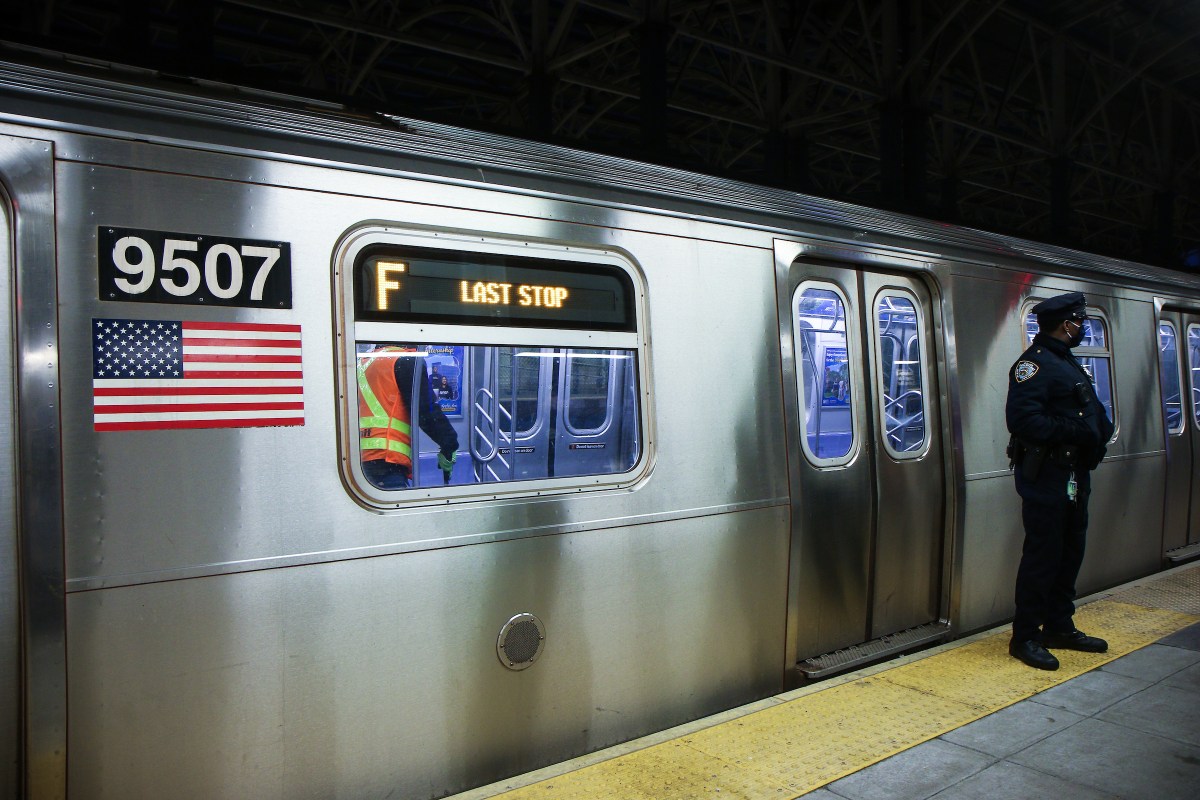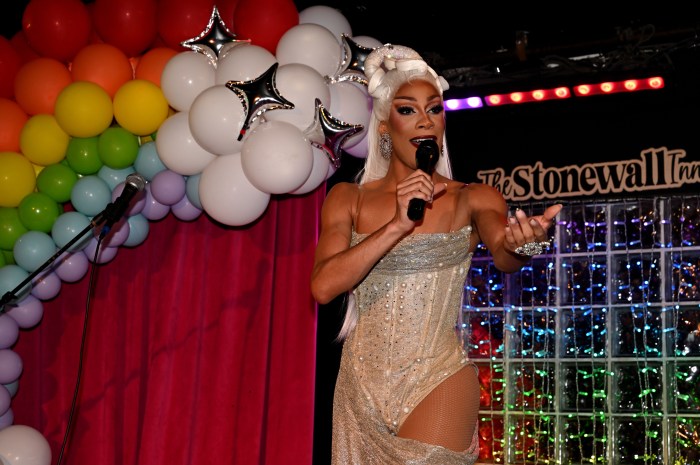NEW YORK (Reuters) – There is an old joke in the marathon community, that every runner is running away from something.
That was certainly true for Brooks Running CEO Jim Weber, who had to pace his company through a global crisis that brought normal life to a halt in the past year.
Weber sat down with Reuters to talk about how far we have come in the COVID-19 marathon – and how far we have left to run.
Q: For a while there in 2020, it seemed like running was the only sport we had left. What was it like navigating that period?
A: It’s hard to describe how dark things got in March and April. No business was immune, and everything just froze. We tried to figure out how we were going to evolve: Were people even going to be running? No one really knew at that time.
We needed to find new signals of running activity. We looked at data from exercise apps like Strava. We had a team of marketing gurus who literally set up at parks and counted the number of runners. What we found was that even though gyms and races were shut down, people were still out there getting their mileage in.
In March and April, our sales crashed. By early May, our shoe sales were exceeding the previous year. By the second week of May, we were selling more shoes than we ever had before. What a roller coaster.
Q: What is it like to manage now, when traditional playbooks go right out the window?
A: Brooks is actually the fourth business I have run, so I had been involved in difficult situations before, with companies that were close to bankruptcy. When things hit the wall and business stopped, I just put my banker hat back on.
It was all about survival at that point, and how to get to the other side. I always believed running was going to make the cut, because I had seen it do that after the Great Recession. Back then when it seemed like the world was collapsing, running took off, because it’s so affordable and convenient.
Q: You have had zero layoffs. What advice do you have for other companies about how to make it through?
A: Do the best you can to survive as intact as you can. Our darkest moments were when it was just not clear what was happening. Greg Abel (vice chair of non-insurance operations) from our owner Berkshire Hathaway just told us, ‘Follow your customer.’
That advice was super helpful. It allowed me to have the courage to wait. Every other company was taking the opportunity to downsize, but we didn’t want to go there if we didn’t have to.
It was lonely there for a while. But by May, when we saw people running, we were able to step on the gas pedal again.
Q: Part of your challenge is surviving against gigantic brands like Nike or Adidas – how do you approach that?
A: I’ve been running against that reality for 20 years. If you are not the dominant player in a space, you better have a niche.
Every company gets to choose the customer they want to focus on. We just said, ‘You know what? We’re going to burn the boats on everything else, and just focus on people who run.’
People always tell us, ‘You guys are leaving a lot on the table – why don’t you focus on lifestyle, or basketball, or anything else?’ We have no trouble saying, ‘Nope.’ Running is our center of gravity.
Q: Since Berkshire Hathaway is your parent company, has Warren Buffett given you any great advice?
A: I remember we first started reporting to them around 2012, and currencies around the world were going crazy at the time. Our margins were getting crushed.
We asked him what we should do, and he basically said, ‘We have no idea what is going to happen on currencies. Your profits are going to be slimmer, so just deal with it and focus on your customer.’ And he was right.
Q: Everyone is pretty burned out right now. What advice do you have about keeping a healthy balance?
A: I know this has been a hard year for everyone. But if you can find some time to get outside and move, it will make your day so much better.
Take that time to invest in yourself and clear your mind. That’s the power of a run.
(Edting By Lauren Young and Dan Grebler)

